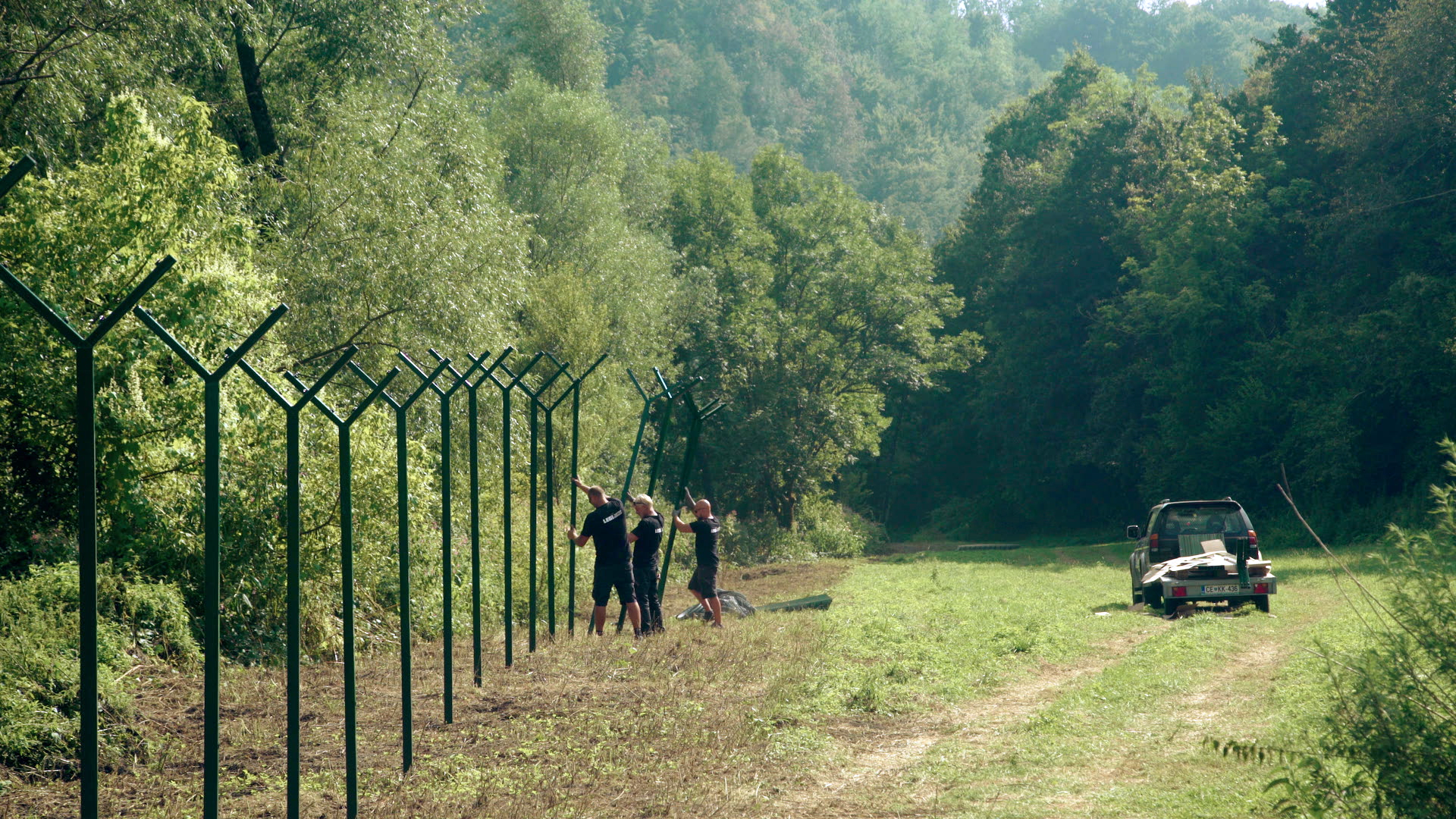Director’s statement
JOKKMOKK, SWEDEN
The reason I live in Jokkmokk, 250 kilometres southwards from the location of the film, is directly due to the film’s thematic boundaries. In a way, my life here is a consequence of the border between Norway and Sweden. In his youth, my father and his family, who were Swedish citizens, moved from the low mountains of Sweden to the Norwegian coast. In 1921, like hundreds of others, he was forced to leave his vast homeland and move with his reindeer herd to areas further south in Sweden. The Swedish authorities were instructed by the Norwegian authorities to ensure that the “Swedish Sami” would no longer bring their reindeer herds to Norway.
The forced migration has left deep wounds in all those affected. They became homeless refugees who had to accept and create a life for themselves in new unknown lands. Even I still feel this today, almost a hundred years later. When I visit the areas on the Norwegian coast where my father lived, I feel sad and angry at the same time. My people have become small, insignificant pawns in a game between two countries that disputed like a couple during a lousy divorce.
The people involved in the film are still struggling with the same problems today. A nationalistic Norway, where the “Swedish” Samis do not fit the mould of ordinary Norwegians. The Tromsö Museum describes how the inhabitants of northern Norway have lived in the area for millennia. Although my ancestors lived on the Norwegian coast and its islands, this part of the story has been made invisible. The lives of the Swedish Sami people do not fit in Norwegian history writings. No Norwegian, especially government officials and politicians, want to hear about this uncomfortable fact.





